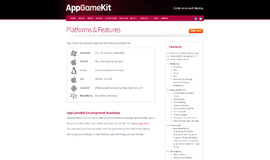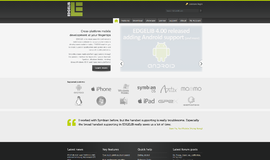
What is it all about?
KIF, which stands for Keep It Functional, is an iOS integration test framework. It allows for easy automation of iOS apps by leveraging the accessibility attributes that the OS makes available for those with visual disabilities.
Key Features
* Minimizes Indirection - All of the tests for KIF are written in Objective C. This allows for maximum integration with your code while minimizing the number of layers you have to build. * Easy Configuration - KIF integrates directly into your Xcode project, so there's no need to run an additional web server or install any additional packages. * Wide OS coverage - KIF's test suite has been run against iOS 5.1 and above (including iOS 9), though lower versions will likely work. * Test Like a User - KIF attempts to imitate actual user input. Automation is done using tap events wherever possible. * Automatic Integration with Xcode 5 Testing Tools - Xcode 5 introduces new testing and continuous integration tools built on the same testing platform as KIF. You can easily run a single KIF test with the Test Navigator or kick off nightly acceptance tests with Bots.
Compare Products
Select up to three two products to compare by clicking on the compare icon () of each product.
{{compareToolModel.Error}}
















{{CommentsModel.TotalCount}} Comments
Your Comment